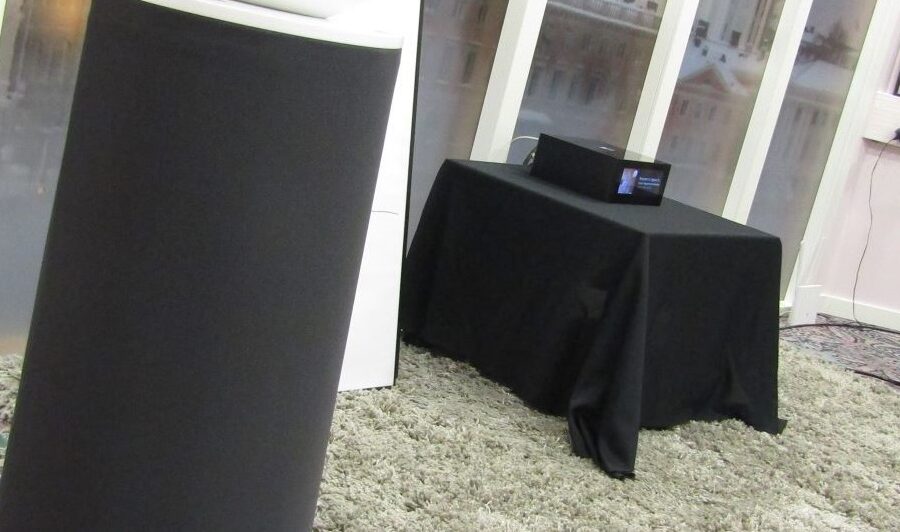The new Gradient Revolution R-5 was published roughly a year ago, a little less than 30 years after the first Gradient Revolution saw a daylight. My first encounter with Gradient Revolution took place in Paris in 1994 at the Annual HiFi Show (Paris Porte Maillot). I can’t say seeing Gradient Revolutions there meant a revolution to me, but I can certainly swear that listening to them was a major revelation; one thing in particular, namely how immune the Revolutions were to not that well acousticated conference room. The sound came straight from between the speakers in total separation from the physical cabinets. I remember thinking that this was something I had not heard ever before even though I had heard a handful of other speakers that also knew how to disappear, Martin Logan CSL, for instance. Not too long after I bought my own pair of the Revolution (replacing the Gradient 1.3), and started my almost a decade long career with them.
A month ago or so I popped in Gradient’s premises in Porvoo, on the South coast of Finland, east of the capital, and made some questions about the new Revolutions to Atte Salmi, head of the company, and son of the founder Jorma Salmi whose brainchild the original Revolution design was, in addition to all other Gradient loudspeaker models.
This last version is the fifth iteration of the original Gradient Revolution loudspeaker, isn’t it?
Yes, indeed.
Why was it named R-5 and not Mk5 or something else?
I like naming products in an old school way like we did back in the 90s … DS-1, CC-1, SR-4 etc. The Revolution Mk2 and Mk3 were just unofficial in-house markings, but in the Mk4, the Mk4 was actually part of the model’s name and written on the logo plate.
What was the difference between the previous versions prior to the new Revolution R-5?
In the Mk2, the SEAS coaxial driver was a little bigger than originally, the diameter 176 mm instead of 170 mm. In the Mk3 the Peerless 12” woofers were new ones, and therefore the height of the speaker grew by 20 mm. In the Mk4, the crossover went through an update, and some corners of the cabinet were made rounder.
Along with the introduction of the new R-5 the old Revolution made an exit from the Gradient collection. Why was that? After all, they kind of look like a different product.
Well, we’re a small company, and as such it’s harder to sustain a wide selection of products, keep a large stock of parts etc., so we must focus on what is feasible, and keep the selection within rational limits. But most importantly, the old Revolution begun to be a bit outdated for the current market climate.
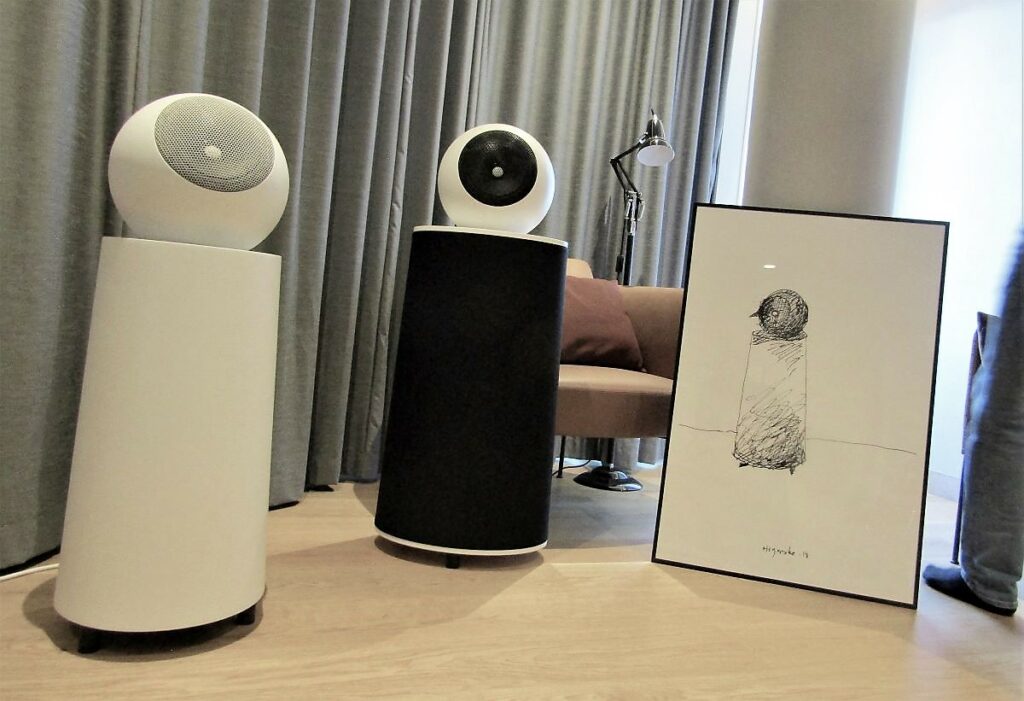
I know that Jorma had in mind a spherical top already for the first Revolution in the early 90s, because a ball represented to him a kind of ideal cabinet shape. For practical and other such reasons he then ended up using the three-sided pyramid form with the openings on both sides of the coaxial driver to have the resistance cabinet?
That’s true. The idea of a spherical enclosure was in the back of his head, and then came to forefront when he designed the 1.4 … the sphere is an ideal form with no structural interfaces and discontinuities implying minimal diffractions from the cab. But what is not known is that in the early 2010s, that is, already ten years ago or so, there were three ball top versions of the Revolution loudspeaker on our drawing table, one of them resembling very much the now available Revolution R-5.
Right. Comparing the old Revolution Mk4 to the new R-5, the obvious difference is that the pyramid top has given way to a ball top? Apart from the shape, what other differences there are?
Yes. At some point of time Jorma designed a ball for the coaxial driver that was sealed, and in fact he made one for one customer out of steel, but then ended up in using the triangular base pyramid top, and never went back, until the smaller 1.4, for which he designed the ball top that is now sitting on top of the new Revolution R-5 too. It’s made of the same stiff synthetic material than the 1.3’s woofer cab. The new spherical cabinet is a resistance enclosure with a cardioid radiation pattern, just like the old triangular pyramid was, the difference being that the shark gills holes or openings on the side are now a round leaking resistance vent right behind the coaxial driver, and providing an appropriate delay line et cetera, and cancelling rear radiation almost completely. For this type of cabinet, it is vital that the surface area of the vent, time, deceleration, delay etc. are calculated very carefully.
And the coaxial driver in the R-5, has that changed?
If compared to the old Revolution, Yes, the coaxial driver of the R-5 is new, but as I said, it’s identical to the one in the 1.4. The driver in the old Revolution had a fiberglass cone, and a different tweeter unit. The new one was made by SEAS strictly according to Jorma’s instructions, and sports a 176 mm pre-coated reed paper cone going up to 2.5kHz, and from thereon to over 20kHz with the help from a 25mm Al/Mg-dome placed at the apex of the midrange cone. An obvious change is also the new suspension, which generates less diffractions at higher frequencies. I have a feeling that SEAS benefitted from Jorma’s contribution to their R&D, as much as Jorma benefitted from their manufacturing skills. Also, if compared to the old version, the new coaxial driver was designed to reproduces a much narrower frequency band, so it’s more like a special purpose tool now.
In theory, then, combining the R-5’s diffraction-free ball top with the diffraction-free coaxial driver means a virtually zero-diffraction design for the top. How harmful you think the diffractions actually are in real life listening situations?
Generally speaking, the effect of diffractions on the sound in the old Revolution wasn’t that significant, in particular if auditioned off-axis. But Jorma was a perfectionist, a devoted engineer who, even if no person would ever have heard the difference, wanted the suspension and other discontinuity things be right to the highest degree, and I think he was able to back up his ideas by measuring the speakers too. It’s better to be without diffractions than with, even if they weren’t that harmful.
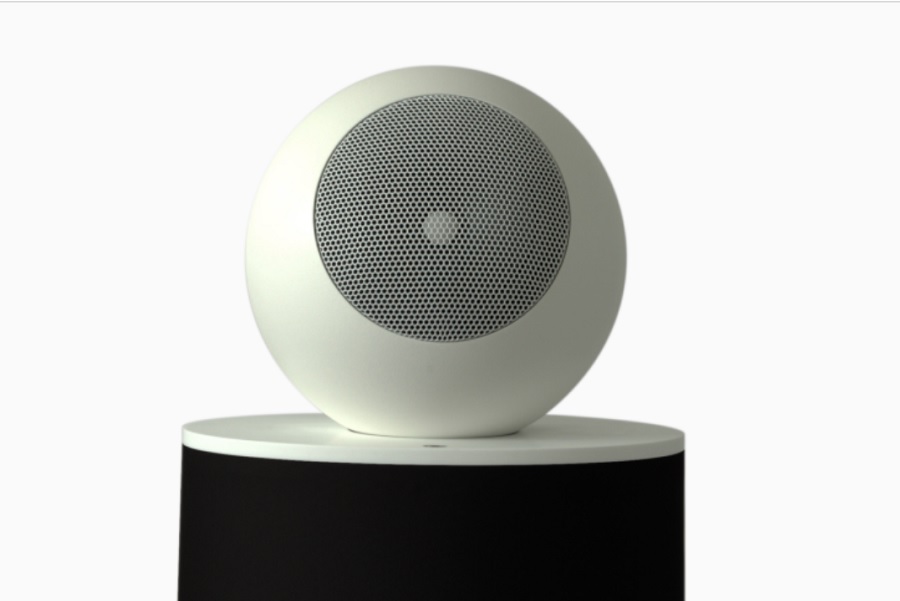
Just for my curiosity, did Jorma ever consider, after the first Revolution, designing a speaker with separate drivers for the mids and highs?
1.5 Helsinki! But generally No. Coaxial drivers aren’t perfect but they possess major advantages as compared to other driver types, such as excellent phase and amplitude response, along with benefits associated with a point source radiator. In a sense, a coaxial driver approaches the theoretical ideal of a sound source, and certainly is a core element in our speakers – the accurate, stable and three dimensional soundstage, that’s to a great extent thanks to the coaxial driver.
Some people claim that coaxial drivers always show some intermodulation distortion and some frequency response anomalies around the XO frequency? What’s your take on this?
Well, as I said, a coaxial driver is always a compromise. For instance, it’s not optimal that the larger cone that functions as a waveguide for the tweeter is constantly moving. Some of these effects can be seen in the measurements too if carried out in a specific manner. But I stress that the benefits of a coaxial driver massively outweigh the drawbacks.
So your job in designing the new Revolution R-5 was basically to unite the boll top of the 1.4, and the dipole bass of the old angular Revolution Mk4?
Yes. And in doing so I had the old 1.3 as the model. The bottom plate of the 1.3’s elliptical bass cylinder is identical to the top plate of the R-5 bass unit, and from there on, following exactly the same angle, it widens down to the elliptical bottom plate. It looks good, but it’s also a tribute to the earlier Gradient designs, and the work of the industrial designer Jukka Vaajakallio.
Are the woofers same as in the Mk4?
Yes, two 12” Peerless long-excursion woofers in an open baffle reproducing anything below 200 Hz in a figure-eight radiation pattern back and forth with a help of short side panels …
What are the short side panels for?
Although only 10 cm wide, they make the whole construction more stable and sturdy, plus at a certain frequency, a little bit prolong the distance the sound travels from the front of the driver to the back.
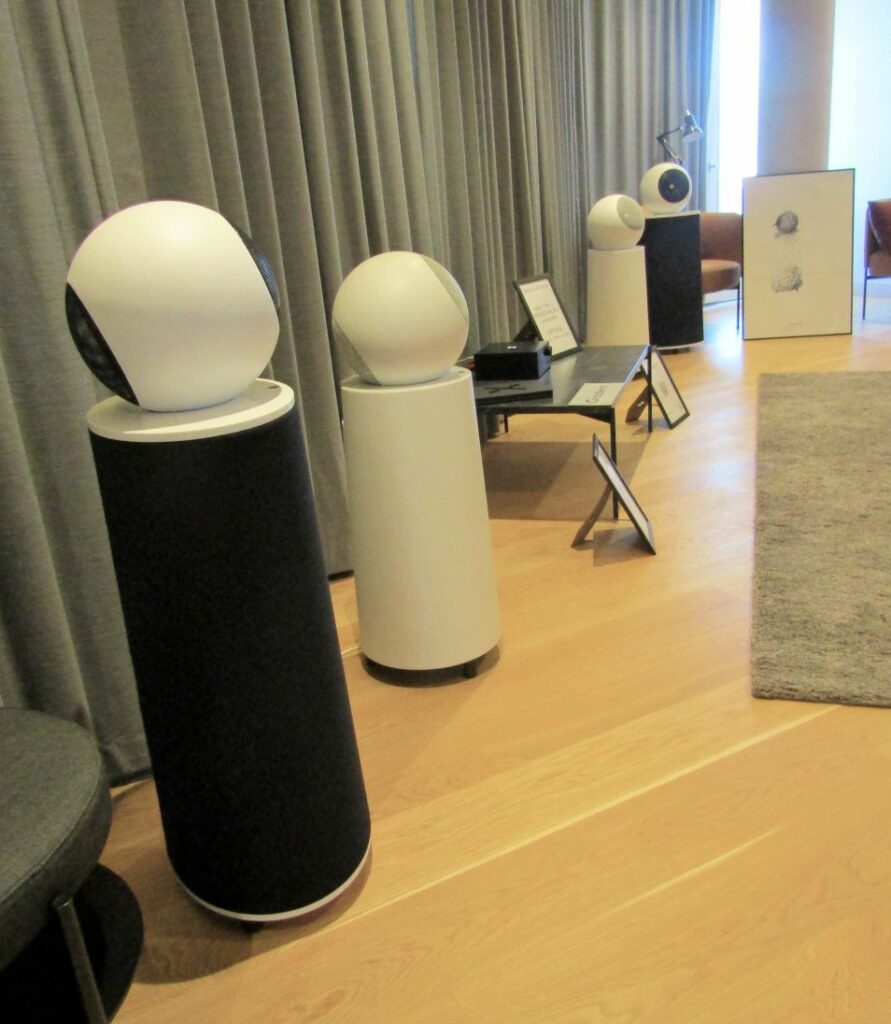
Once more, what was the principal motive for making the bass dipole?
We believe that the dipole construction is by far the best means of getting rid of the room’s standing waves. A typical box speaker generates those waves in all dimensions, whereas the Revolution, both the original version, and the new R-5, excite less standing waves between the floor and the ceiling, and that’s a major advantage for example in finding a right place for the speakers in the room.
But the downside is that due to the dipole radiation the speaker doesn’t go very low and does not sound very loud. Is that true?
I don’t think so. There’s a plenty of pure and colorless dipole bass available from the passive R-5, and if that is not enough, one can always go for the active R-5A to have enough volume and low end notes. With an active crossover and high-performance NCore amplifiers the frequency range goes down to 20Hz, minus 2dB, while offering many possibilities to finetune the bass response both in quality and quantity. Also, when compared to the conventional closed box or bass reflex systems the dipole construction produces the same sound pressure level at only one third of acoustic energy, making the room coloring effects much less annoying and the speaker more neighbor friendly. The end result is a smooth articulate bass response which has correct musical pitch and dynamics.
Jorma hated room colorations to the extent that made the woofer section of the Revolution rotatable so that the bass part can be redirected to minimize the effect of standing waves in the listening area? I guess that’s true for the R-5 too?
Absolutely. The same philosophy. Jorma grew up and lived in a wooden detached house and wasn’t used to 30dB room resonances but he understood well what would happen if a speaker had to be taken in a small apartment in a concrete-made building. Take any of our loudspeaker, and it is bound to sound better than average in a normal, acoustically not that well treated room. The problems of the listening room are given serious attention already in the design phase. In the Revolution, the possibility of controlling room modes is taken a step further via the rotatable bass. As far as I know, this no-DSP based ability to tune out standing waves at lower frequencies is still a unique feature in a loudspeaker, and therefore preserved in the new R-5 too.
My recollection is that the first owners of the Revolution back in the 90s did appreciate the possibility to rotate the dipole bass, and perhaps tried it, but that in practice sooner or later they turned it back to the standard position so that the woofers were shooting straight forward. I did it too. What’s your experience of this?
I think the reason is more commercial than technical. People think that woofers should always face forward no matter what. Also, people don’t know how to use this adjustment. The Revolution can be positioned in the room like a panel speaker, leaving one or two meters behind the speaker, but unlike panel speakers, the rotatable bass section of the Revolution enables controlling unwanted colorations. Plus, thanks to this feature, the Revolution can be positioned, unlike a panel speaker, near the rear wall without a loss in the bass, and without midrange colorations due to early reflections, because the speaker does not radiate sound in the rearwards and sideways at mid and high frequencies. With the new Revolution, the bass can be first attenuated by increasing the distance from the rear wall, and then finetuned by rotating the speaker by a few degrees. With the old Revolution, for rotating the bass part relative to the pyramid top, there were only three options, and that was it. With the new R-5, rotating and directing the bass part relative to the midrange/tweeter unit is a stepless process, ie. the adjustment can be made very accurately. We have some evidence that this really helps in some rooms.
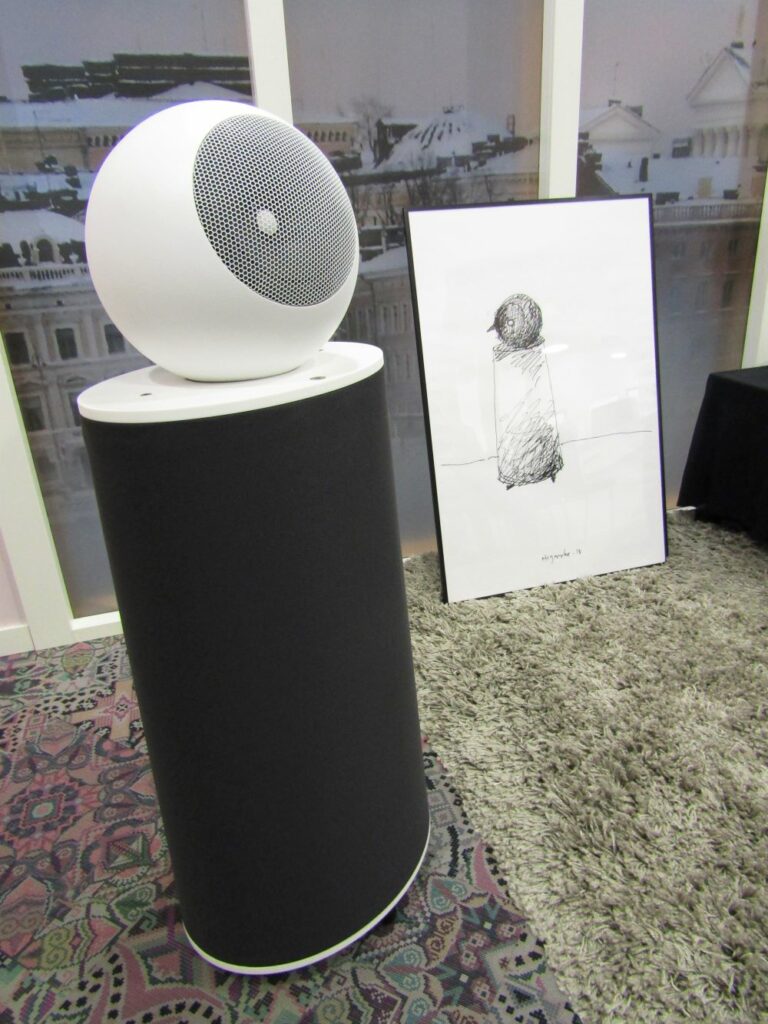
Jorma once asked my opinion of the qualitative difference between a dipole bass and bass coming from a standard box woofer cab, whether sealed or BR, all other things being equal as much as possible. What he had in mind was that some people seem to associate dipole bass as being apt only for classical or similar music but less so for rock and other rhythm music. He himself was into classical music and preferred the dipole bass, but he heard these claims every now and then. What’s your opinion of this?
The thing may be that what people hear with box speakers is room resonances, which they then interpret as something belonging to rhythmic and similar music, ie. as positive effects. But I’m not sure how sensible that is. If you listen to the bass section of the Revolution alone you will be surprised to find how little information there really is under 200Hz. However the quality and quantity of this information affects strongly to the subjective listening experience. Too much bass will decrease the accuracy and deteriorate the feeling of space, too little makes the sound thin and tiring. I firmly believe that the real low frequency properties of a sound recording … the minute tonal nuances and the bass lines … will be reproduced most convincingly with a dipole bass and its figure eight radiation pattern.
Other changes between the old and new Revolution? The crossover?
The dividing frequencies, 200/2800Hz, and slope steepness, of the R-5 are the same as in the 1.4 but compared to the old Revolution, the level of the bass has been adjusted to match the energy coming from the ball top, and to obtain the wanted tonal balance. In addition, placement of the crossover is different. Part of it now sits beneath the top plate of the bass enclosure, and the filter for the bass is at the bottom. It’s practical to keep all electronics out of the ball. It kind of makes 1.4 and the R-5 modular speakers: the same ball top and two options for the bass.
The Revolution R-5 sports Neutrik speakON connectors at the bottom plate. It’s a common connector in the pro-world but how do ordinary customers have reacted towards the choice?
Nothing major. It’s an easy-to-connect connector and locks easily. Also, it has four poles and thus also allows the speaker to be bi-amped if required. ie. the bass part and the midrange / treble can be driven with separate amplifiers. We supply high-quality cables in different lengths or, alternatively, a speakON cable connector that can be connected to existing speaker cables, so the customer need not worry.
To what extent the Revolution’s sound is determined by the measurements, and to what extent by listening impressions?
Firstly, the Revolution sound is a result of decades of experience in speaker technology, design and manufacturing. Before we release a new model, we make extensive tests with several different mechanical and electrical prototypes, and each time we measure, of course, but also, each model has hundreds of listening hours behind it, in the factory’s listening rooms, at the staff’s home and chez “golden-ear” customers. It’s a consuming process since a single sonic flaw alone can ruin an otherwise excellent speaker. The Revolution contains many revolutionary technical solutions, but in the end of the day what matters is that the sound of it translates into pure music.
As you know, the meaningfulness of conventional frequency response measurements is constantly questioned. What’s your opinion on this?
I think the frequency response matters, and that’s why the on-axis response of the Revolution is extremely flat. But since all speakers radiate at least some sound in all directions, causing the energy response of a loudspeaker to have peaks and dips, the reverberant sound field will be uneven, and coloring the music. That’s why the frequency response measured in all directions must be linear, as with the Revolution, in order to ensure linear energy response. The secret of the Revolution is that the radiation patterns are consistent at all frequencies to eliminate the room influence. From 200Hz up, the speaker radiates sound mainly in the forward direction, and below 200 Hz only forward and backward.
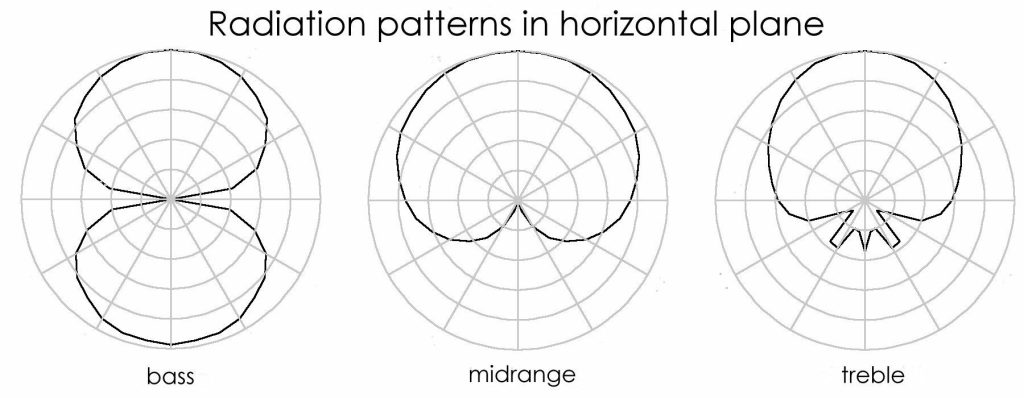
The main differences between the active and passive versions of the Revo R-5?
The basic architecture behind the new active Gradient R-5A is the same as in the passive version. But the R-5A comes with separate xo-power module with Hypex NCore amps that drive the woofers without a passive crossover.
What sort of amps?
The amp is a true dual-mono design with four power amplifier modules, two per right and two per left channel, both having completely separate switch-mode power supplies and separate signal-return paths making the maximum signal separation with minimum crosstalk. The frequency response is flat irrespective of load impedance and distortion is frequency independent. No DSP or room EQ but the level of the signal feeding the bass amplifier, can be trimmer-adjusted +/- 10dB per channel according to the personal taste and listening room acoustics. There’s a line level output for those users who prefer to use an optional amp, tube or solid state, for driving the mid-tweeter unit, as well as balanced Neutrik XLR -input connectors.
How would you describe the sonic difference between the active and passive R-5, if any?
A kind of general perception is that the difference is not that big, both are super-sounding loudspeakers, but it could be argued that the active version is a tad more competitive in reproducing the mid and low bass, and this, although we’re talking about very low frequencies here, can be heard in a large-scale orchestral music, for example. It’s not only that the active R-5A descends 10 Hz further down than the passive version, only – 2dB down at 20 Hz, the active version also has that analytical ability to make sense of music’s lowest registers, either because it lacks the passive LF crossover, or due to the stripped-down crossover for the mid/highs, or both. That is, it’s more efficient.
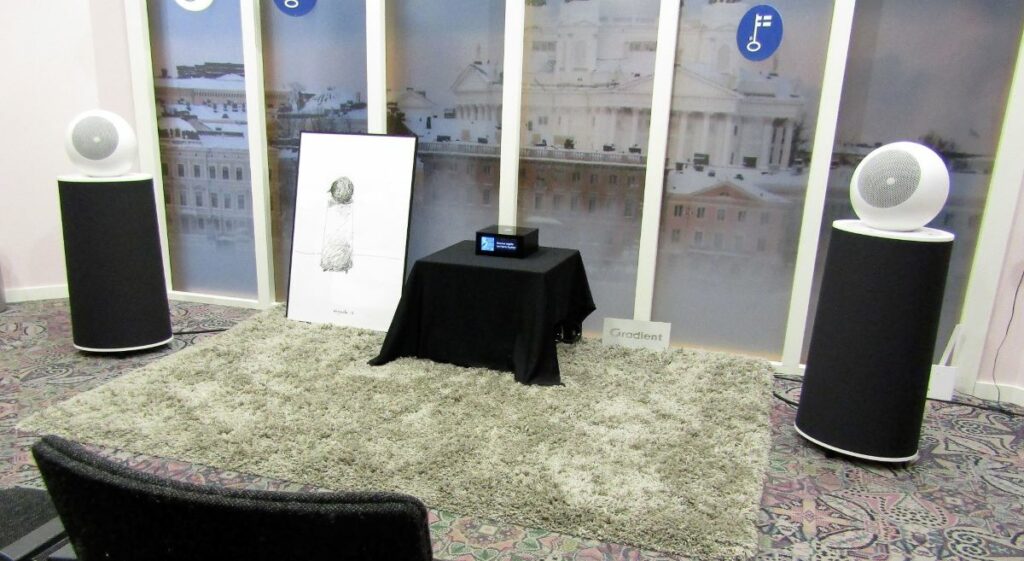
Sonic impressions
Towards the end of our discussion I had a chance to audition the passive Revolution R-5. The speakers had at least 1,5 m free space behind them, and even more on both sides. The streamer/amp was a relatively cheap NAD C700. My first impressions was, just like in Paris almost 30 years back, that the sound was totally unconnected, i.e. not attached to the speaker cabs. In this respect, I think, the Revolution R-5 sets some sort of industrial standard for what it is for a loudspeaker to be non-speaker-like, intangible. If you want to know what it means that the speaker vanishes entirely, gets out of the way of the music, try to hear these speakers. We didn’t do a direct comparison but my hunch is that the new Revolution sounds, if possible, even more airy and immaterial than the old one.
Second, the spatial image is extended and well organized both horizontally as well as vertically. The new possibility of directing the ball top and the tweeter upward and downward has a perceivable effect on the sound, especially on the sound stage. Third, the sound was predominantly uncolored. If this speaker sounds colored it’s either because of an unsuccessful placement, or because the listening space is acoustically simply too demanding. Fourth, with all of its characteristics, the sound goes well with different type of music, ranging from blues to art music, the latter including complex ‘contemporary’ music by Xenakis, Penderecki, Boulez, and so on. One of the absolute speakers at the latest Stockholm Highend Show was one with a dipole bass; listening to new Gradient Revolution R-5 proved why.
Gradient R-5 passive:
Frequency Response: 30-20000Hz +/-2dB, high frequency limit above 50kHz; impedance 6 Ohm, minimum 5 Ohm; radiation patterns: bass: dipole, midrange & treble: cardioid; drivers 2×300mm long throw woofer, 176mm pre-coated reed-paper cone midrange, coaxial Al/Mg dome 25mm; sensitivity: 88dB/2.83V/1m; recommended amplifier power: 50-250W; crossover frequency: 200Hz and 2500Hz; connectors: four pole Neutrik speakON; dimensions (WHD) 42 × 104 × 32cm; weight: 35kg; Made In Finland; price (each): €4 200 incl. VAT.
Gradient R-5A active:
Frequency Response: 20-20000Hz +/-2dB, high frequency limit above 50kHz; impedance 6 Ohm, minimum 5 Ohm; radiation patterns: bass: dipole, midrange & treble: cardioid; drivers 2×300mm long throw woofer, 176mm pre-coated reed-paper cone midrange, coaxial Al/Mg dome 25mm; sensitivity: 88dB/2.83V/1m; crossover frequency: 200Hz and 2800Hz; connectors: four pole Neutrik speakON; dimensions (WHD) 42 × 104 × 32cm; weight: 35kg; recommended room size: Medium to Large; Made In Finland; price (each): €11,900 incl. VAT.


